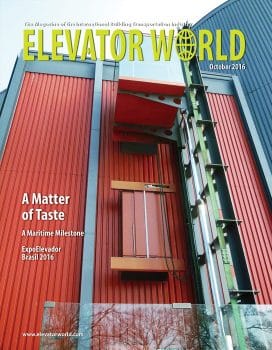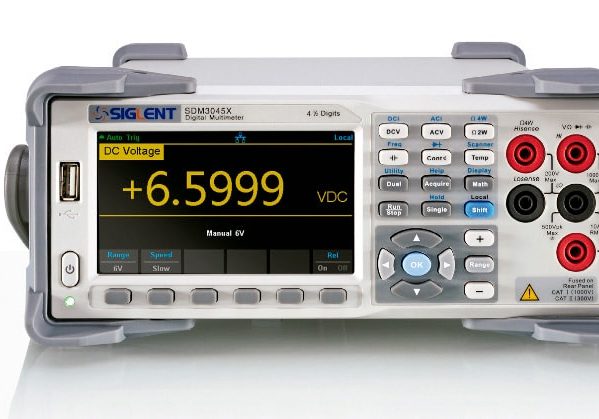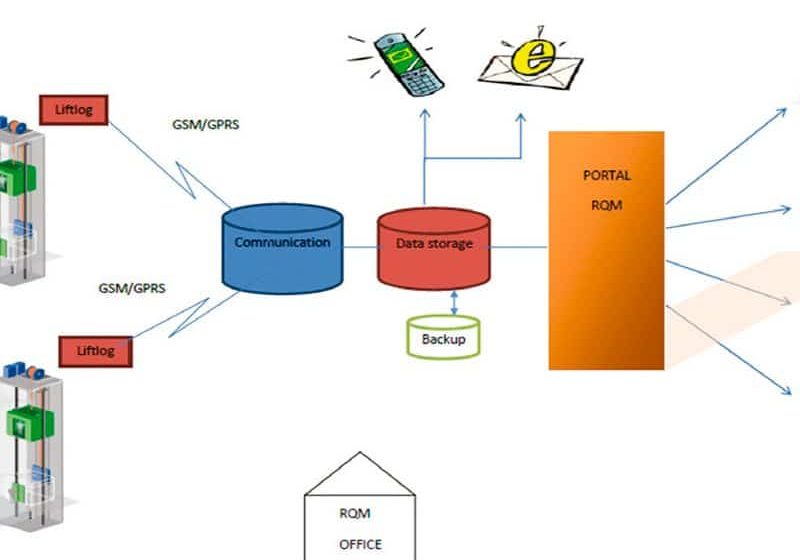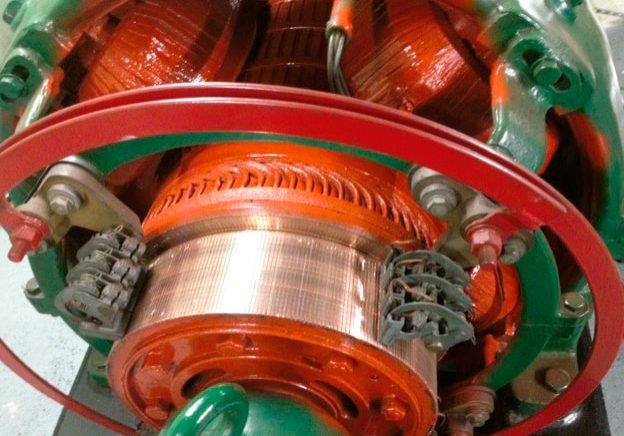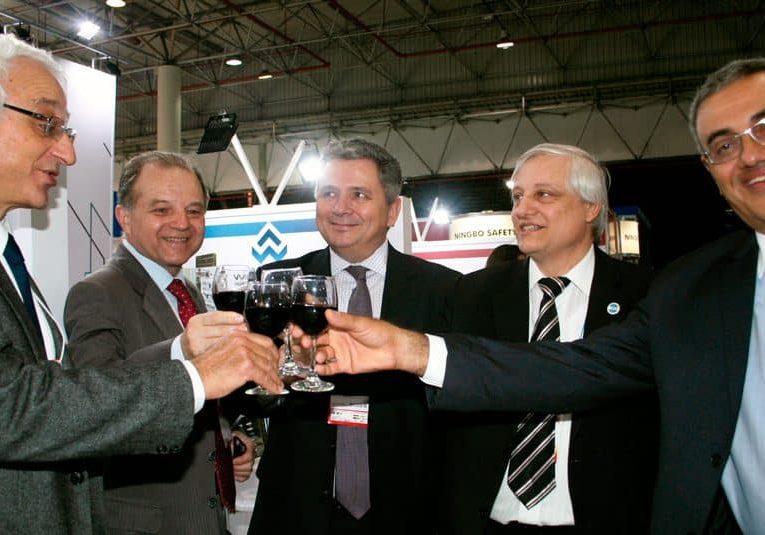Further examination reveals questions in this final article in a series on the standard between its inception in 1921 and 1931.
The first three editions of the American Safety Code for Elevators and Escalators employed a standard organizational scheme with regards to core content. The rules proposed to govern elevator and escalator installation and use were organized into seven “parts,” which were further subdivided into 21 “sections.” The majority of the rules were composed of multiple sub-parts, and many also featured associated “notes” and identified specific “exceptions.” The development of the rules from 1921 to 1931 followed the same editorial path found in the code’s definition sections (see Part Two of this series, ELEVATOR WORLD, September 2016) and reflected the parallel maturation of the code and its authors as they learned the craft of code writing and implementation.
The first edition (A Code of Safety Standards for the Construction, Operation and Maintenance of Elevators, Dumbwaiters and Escalators: 1921) established the organizational structure, followed by the next two editions. The authors apparently utilized a numbering scheme predicated on a simple set of guidelines using the decimal system. (Note: the origins of this scheme remain a mystery.) This system worked hierarchically: each part of the code was assigned a single-digit number, each section was assigned a two-digit number, and each rule was assigned a three-digit number. The system utilized the three-number system as follows: the first number of a rule indicated the part of the code, the first two numbers combined indicated the section, and the third number indicated the rule number. For example: “Rule 111: Protection of Hatchway Openings” was found in Part 1, Section 11, and was the second rule in that section (Rule 110 being the first rule). This system allowed up to 10 sections per part and 10 rules per section. However, as none of the three code editions utilized the maximum number of allowed sections, and most sections had fewer than 10 rules, the code appears, at first glance, to employ a somewhat arbitrary numbering system. This is further reinforced by the fact that the code parts were assigned Roman numerals, and the sections and rules were assigned Arabic numerals (Table 1).
A closer examination of the code’s contents reveals a clear organizational structure, with the seven parts devoted to hoistways, passenger power elevators, freight power elevators, hand and invalid elevators, dumbwaiters, escalators and operating rules. This examination also reveals a parallel structure employed in the three elevator categories. Passenger, freight and hand elevators were addressed in identical sections titled “Car Construction and Safeties,” “Counterweights, Bumpers and Guides,” “Machines and Machine Safeties,” and “Cables and Signal Systems.” The only differences between the section titles was the addition of identifying phrases: “for Power Passenger Elevators,” “for Power Freight Elevators,” and “for Hand and Invalid Elevators.” This parallel structure also extended to the rules found in the respective sections. Nineteen rules addressed passenger elevators, 20 rules addressed freight elevators, and 10 rules addressed hand elevators. Passenger and freight elevators shared 16 common rules, and eight rules addressed common features across all three types. The remaining rules addressed topics unique to a particular elevator system (Table 2).
This structure also appeared to establish a somewhat redundant set of repeated rules (as indicated by rule titles). In some instances, this was true: Rules 210 and 310 were identical for passenger and freight elevators:
“Rule 210/310 Counterweights
- a. Counterweights shall run in guides.
- b. If two counterweights run in the same guides, the car counterweight shall be above the machine counterweight and there shall be a clearance of not less than eight (8) inches between the counterweights.
- c. If an independent car counterweight is used, it shall not be of sufficient weight to cause undue slackening in any of the cables during acceleration or retardation of the car.
- d. Counterweight sections, whether carried in frames or not, shall be secured by at least two tie rods passing through holes in the sections. The tie rods shall have lock nuts at each end, the lock nuts being secured by cotter pins.”
However, in many cases, the parallel rule’s language, while similar, also reflected critical operational differences, a fact illustrated by a comparison of rules 202 and 302:
“Rule 202 Car Enclosures
- a. Cars for passenger elevators shall be enclosed at sides and top, except the openings necessary for entrance or exit. An emergency exit is not considered a car opening.
- b. The car enclosure, either ‘openwork’ or solid, may be of metal or wood. If of ‘openwork’ it shall reject a ball two (2) inches in diameter. If the openings are larger than one-half (1/2) inch square they shall be covered with wire netting of not more than one-half (1/2) inch square mesh and of wire not smaller than No. 20 Steel Wire gage, (0.0348 in. diam.) to a height of at least six (6) feet from the car floor.
- c. No passenger-elevator car shall have more than two (2) entrances.
- d. Power passenger-elevator cars shall be provided with an emergency exit in the top of the car. This exit shall be not less than sixteen (16) inches wide and not less than four hundred (400) square inches in area. If there is an elevator in an adjacent hoistway without intervening enclosure and the vertical distance between any two consecutive landing openings exceeds thirty (30) feet, there shall be provided in addition to the top exit an emergency side exit to the adjacent car.
- e. A car door or gate shall be provided at each entrance to power passenger cars and each door or gate shall be provided with car-gate electric contacts.
Exception: ‘Button-control’ elevators may be operated with an open gate if there is no passenger in the car.
“Rule 302 Car Enclosures
- a. Cars for power freight elevators other than platform elevators shall be enclosed at sides except the openings necessary for loading and unloading, to a height of at least six (6) feet, or to the crosshead if the crosshead is lower.
- b. The car enclosure, either ‘openwork’ or solid, may be of metal or wood. If of ‘openwork’ it shall reject a ball two (2) inches in diameter. If the openings are larger than one-half (1/2) inch square they shall be covered with wire netting of not more than one-half inch (1/2) square mesh and of wire not smaller than No. 20 Steel Wire Gage (0.0384 in. diam.) to a height of at least six (6) feet from the car floor, where the clearance to any part of the hoistway structure or the counterweight is less than five (5) inches.
- c. If the car enclosure is cut away at the front to provide access to the handrope, the enclosure shall be cut low enough to prevent injury to the operator’s hand.
- d. Power freight-elevator cars shall be equipped with solid-top covers or wire grille work having a mesh that will reject a ball one and one-half (1-1/2) inches in diameter and of wire not less than No. l0 Steel Wire Gage (0.135 in. diam.) or its equivalent. The top or cover shall be sufficiently strong to sustain a load of one hundred and fifty (150) pounds applied at any point.
- Exceptions: (1) Elevators operating through automatic hatch covers; (2) sidewalk elevators; (3) platform elevators; (4) elevators having automatic closing gates extending to the floor at all landings above the lowest landing; and (5) elevators with landing doors which open only from the hoistway side except by a key and which are kept closed unless the car is at the landing.
- e. Car gates or doors for freight elevators when closed shall guard the full opening, except that they need not be more than six (6) feet high.
- f. Elevator cars operating in hoistways outside the building which are enclosed only at the ground landing, shall be protected on the exposed side or sides either by independently operated bars or gates equipped with electric contacts, or by semi-automatic bars or gates.”
A close reading of these rules (and the code part and section titles) also reveals the continued presence of 19th-century technology. The latter is represented by the reference to “handrope control” (seen above), and the use of the terms “bumper” and “invalid elevator.” (These terms were not used in subsequent editions.)
The code’s first edition included 99 rules concerning elevator and escalator installation and operation. The robust editorial character of these rules is indicated by the fact that the second edition (Engineering and Industrial Safety Standards: A Safety Code for Elevators, Dumbwaiters and Escalators: Rules for Construction, Inspection, Maintenance and Operation: 1925) also had 99 rules, 95 of which were carried over from the first edition. The content of the rules “deleted” from the first edition was incorporated into other rules, and the additions addressed safety issues (new rules for rated capacity tests for passenger and freight elevators) and the increasing use of escalators (new rules concerning testing and machine rooms). Many of the rules were also revised (to varying degrees) in the new edition, and the editorial efforts were primarily aimed at greater clarity and a more precise use of language.
The second edition also included a new feature. A system described as “key numbers” was used to “indicate whether a rule should be made retroactive, and, if so, how long a period after the adoption of the Code should be permitted to bring the equipment in question up to the Code requirements.” These numbers were assigned to each rule (and rule subsections) as needed and were predicated on a time period of 0-24 months:
- “(0) To be applied immediately.
- (1) Not to be applied to existing installations.
- (2) To be applied to existing installations only to the extent ordered by the administrative authority.
- (3) To be applied to existing installations when next renewal of cables or other parts affected is made.
- (6) To be applied to existing installations six months after the adoption of this Code.
- (12) To be applied to existing installations 1 year (12 months) after the adoption of this Code.
- (24) To be applied to existing installations two years after the adoption of this Code.”
However, the suggested application of these recommendations was perceived to be dependent on the “age and condition of the majority of the elevators within a given jurisdiction.” Their use was also imagined to vary by geographic regions:
“In older settled cities and states, where the average age of all elevator installations is high, it will not be practical to make any of the rules retroactive, while some of the cities and states, notably in the Middle and Far West, where most of the elevators are of comparatively modern design and where the average age of all installations is low, a much larger part of the code might be applied to existing installations without working hardship to present owners of equipment.”
This assessment reflected the U.S.’s urban growth and settlement patterns from the 1880s to the 1920s. The third edition of the code (American Standard Safety Code for Elevators, Dumbwaiters and Escalators: Rules for Construction, Inspection, Maintenance and Operation: 1931) followed the pattern established by the first two editions, and, while the rules followed the structure of the second edition, many of them were expanded in length and detail, responding to the increasing complexity of traction elevator systems.
This three-part series has, in many ways, only scratched the surface of the wealth of material found in these early editions of the American Safety Code for Elevators and Escalators. These articles have attempted to reveal the value of these documents in their ability to shed new light on the operational characteristics of early 20th-century elevators. They also provide a critical context for contemporary issues and serve as reminders that some conversations have, in fact, been going on for a long time. This is, perhaps, best illustrated by a lengthy description found in the code’s third edition on the proposed use of elevators to assist in evacuating people from skyscrapers during a fire. This important topic will the focus of a future article.
- Table-1
- Table-2
Get more of Elevator World. Sign up for our free e-newsletter.



